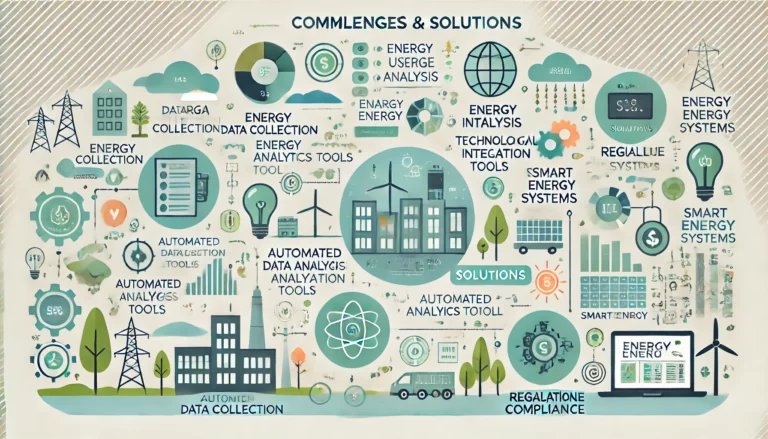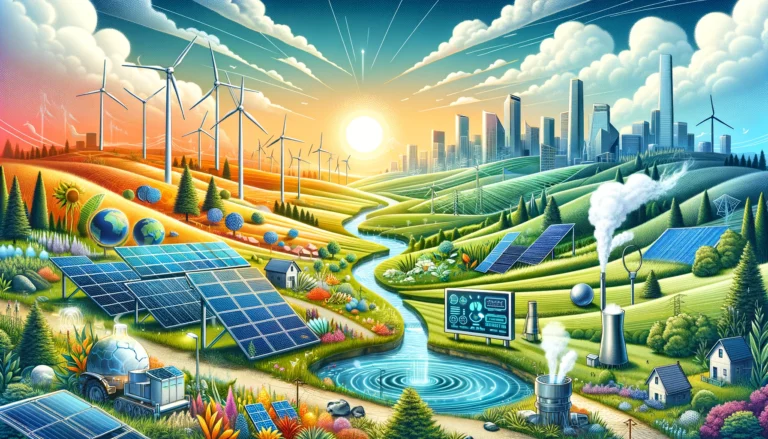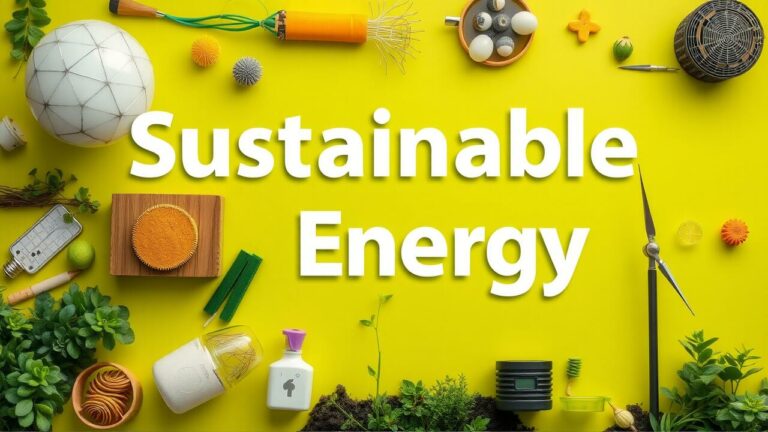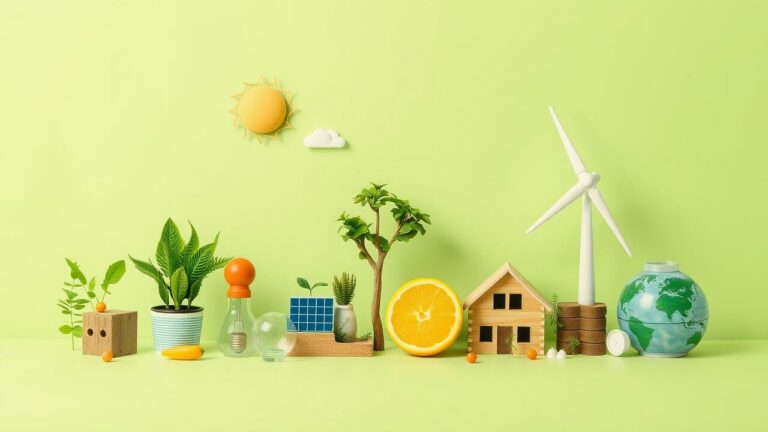Understanding the Key Differences Between Sustainable Energy vs Renewable Energy
In the world of energy, terms like “sustainable energy” and “renewable energy” often pop up in discussions about the future of our planet’s resources. While they might seem synonymous at first glance, these terms encapsulate distinct concepts with their implications for our environmental strategies and energy consumption patterns. Let’s dive into the distinctions between sustainable and renewable energy to clarify their roles in our quest for a cleaner, more efficient world.
Renewable Energy: Harnessing Natural Forces
Renewable energy refers to energy sources that are replenished naturally on a short human timescale. This includes sunlight, wind, rain, tides, and geothermal heat—each representing a powerhouse of potential that can be tapped repeatedly without the risk of depletion. The key characteristic of renewable energy sources is their ability to be constantly renewed by natural processes.
Solar power, for example, exploits the energy from the sun. Solar panels convert sunlight directly into electricity, offering a clean alternative to fossil fuels. Wind energy, similarly, uses air flow through wind turbines to mechanically power generators for electricity. Hydropower generates electricity using the flow of water from higher to lower elevations, while geothermal energy utilizes the Earth’s internal heat, accessible from underground reservoirs of steam and hot water.
Sustainable Energy: The Broader Concept
Sustainable energy, on the other hand, casts a broader net. It includes all energy sources and systems that are sustainable, do not deplete resources beyond their capacity to recover, and do not cause long-term damage to the environment. Sustainable energy is about meeting our current energy demands without compromising the ability of future generations to meet their own needs.
Crucially, while all renewable energy sources are generally considered sustainable, not all sustainable energy practices are solely based on renewable resources. For example, the use of nuclear power is considered sustainable by many, as it produces a significant amount of electricity without emitting greenhouse gases during operation. However, issues with waste disposal and finite uranium resources complicate its classification as renewable.
Environmental Impact and Efficiency
When evaluating energy sources on sustainability, environmental impact and efficiency are key. Renewable energy sources are typically low in pollution, but their sustainability is not just a matter of being “green.” It’s also about how effectively these energy sources can be integrated into our existing systems to provide consistent, reliable power without ecological degradation. For instance, large-scale hydropower projects can generate significant amounts of renewable energy but may also lead to habitat destruction and community displacement.
On the efficiency front, technological advancements are continually improving the viability of renewable energy. Innovations in solar and wind energy capture and storage are making these resources more dependable and cost-effective, enhancing their sustainability profile.
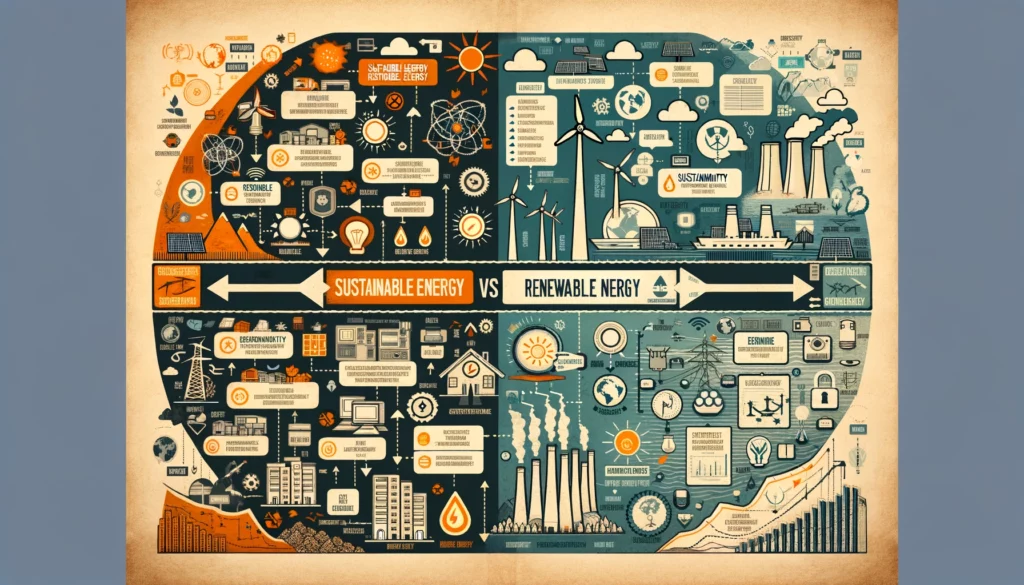
The Interplay Between Sustainable Energy vs Renewable Energy
Understanding the interplay between renewable and sustainable energy is crucial for developing effective environmental policies and energy strategies. Governments and organizations must consider not only the technical and economic aspects but also the environmental and social impacts of energy production.
Investing in renewable energy infrastructure, for example, often requires upfront costs and significant land use planning. The sustainability of these projects depends on careful consideration of location, scale, and integration with other local resources and needs. Moreover, the transition to renewable and sustainable energy sources must include efforts to minimize the carbon footprint of manufacturing, installation, and disposal processes.
Conclusion
In conclusion, while renewable energy is a subset of sustainable energy, focusing solely on renewables oversimplifies the complexities of what truly makes an energy source sustainable. For energy to be sustainable, it must not only renew itself but do so in a way that harmoniously integrates with ecological, social, and economic systems.
As we continue to innovate and implement new energy solutions, the distinctions between renewable and sustainable energy will guide our decisions, ensuring that we prioritize resources and systems that uphold environmental integrity and provide equitable access to energy. By understanding these key differences, stakeholders can make more informed choices about the energy projects they support and the policies they enact, leading us toward a more sustainable future for all.

